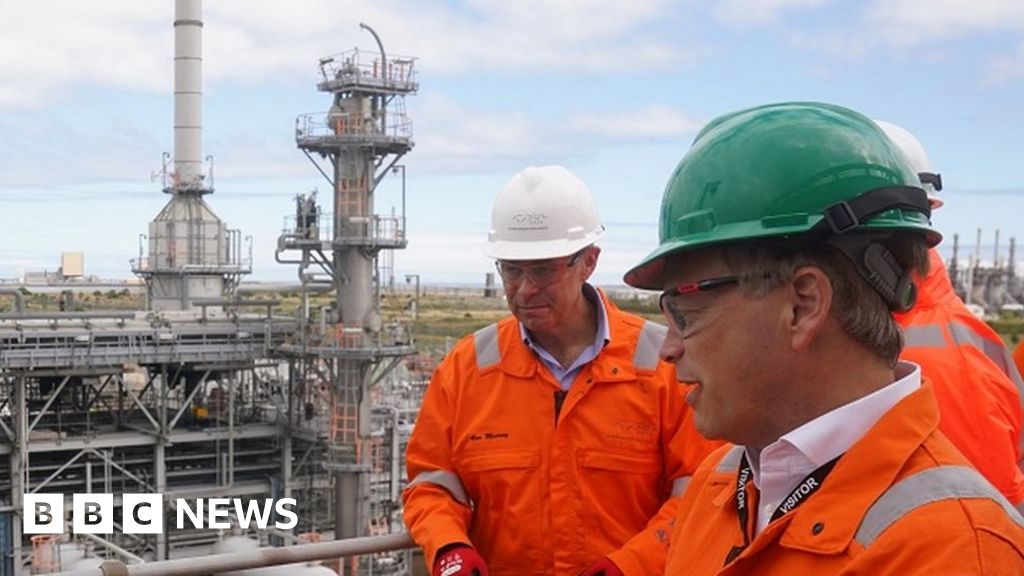MrBadger
Badger out
I think he's being very careful saying MW rather than MWh - that is the 2,500 chargers simultaneously providing 96kw which might not be unreasonable at certain times of the year and day (and you'd probably have to provide more capacity than that to provide a safety margin). Even if he's out by a factor of 2 then that's still 120MW.
Or derate the charge power to meet available supply. Makes for a slightly longer charge but it fits in with demand side response to help keep grid loading within capacity.
The likes of Octopus IO handle bits of this at consumer level but large commercial users will handle it themselves in same way that some large power users are already asked to turn down their usage at certain times.
Demand side response (DSR) | ESO
Demand side response (DSR) is all about intelligent energy use. Through DSR services, businesses and consumers can turn up, turn down, or shift demand in real-time.
Last edited:



